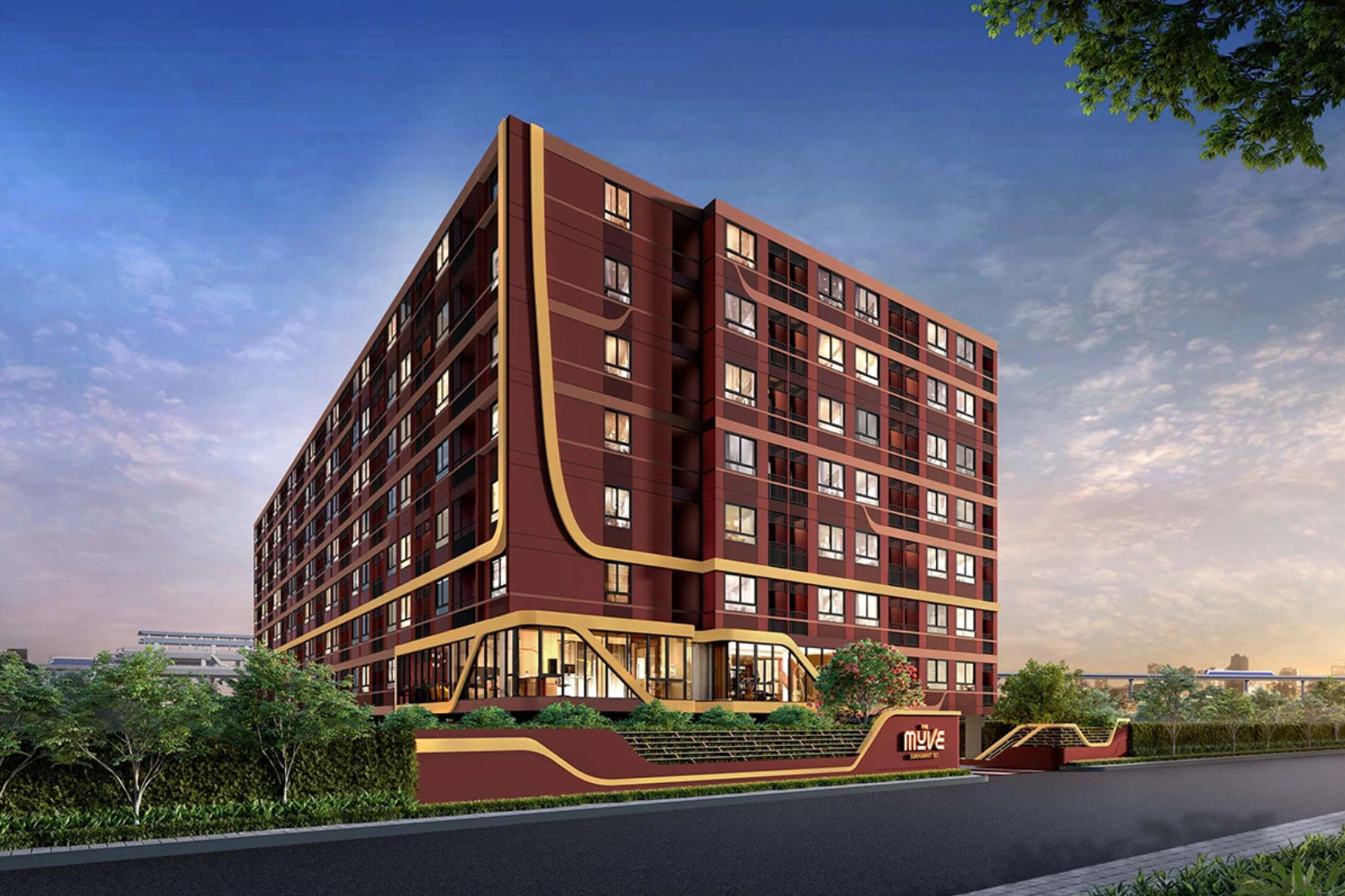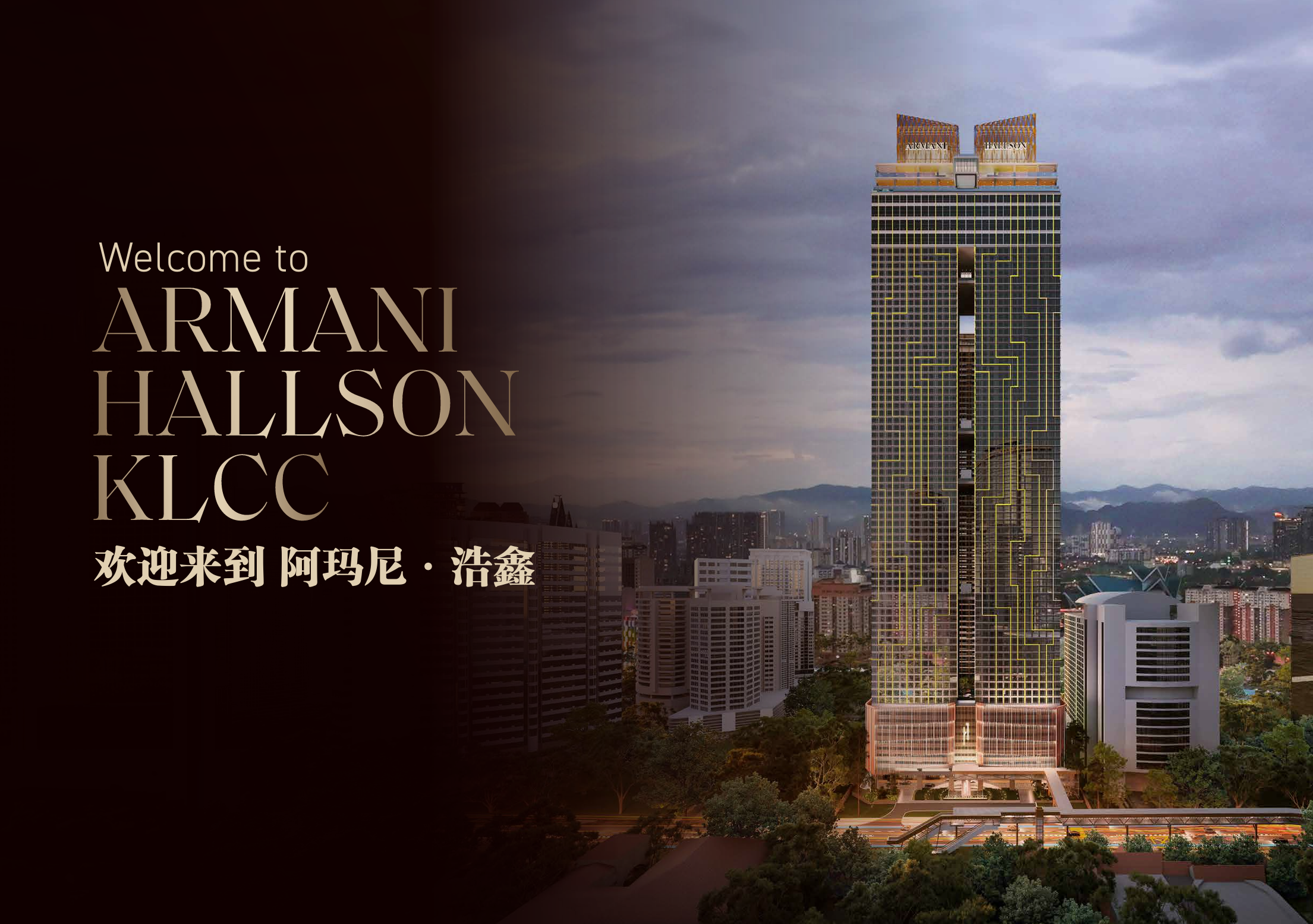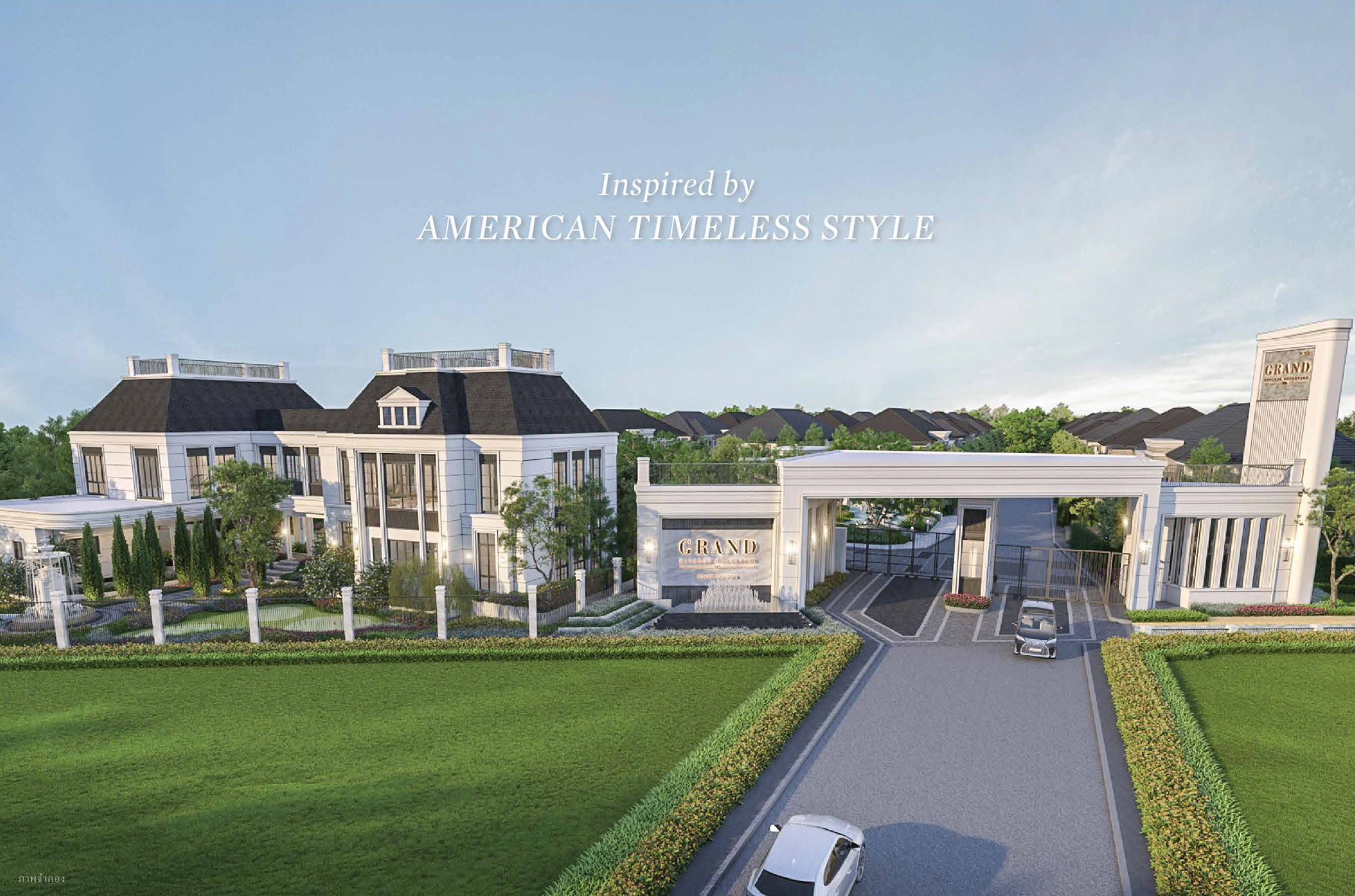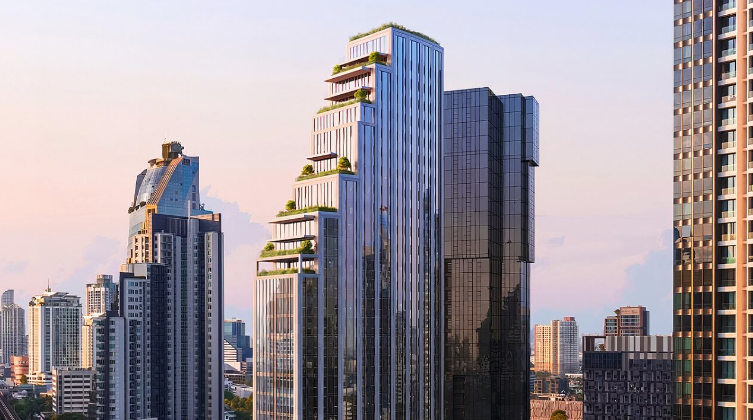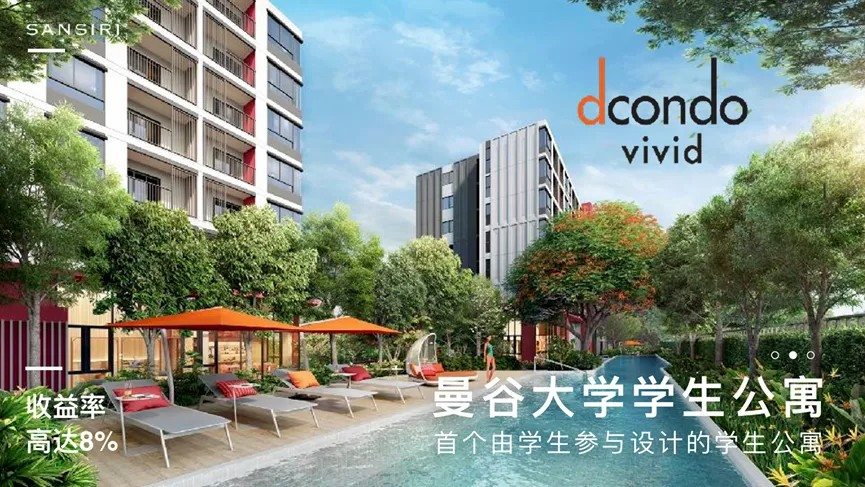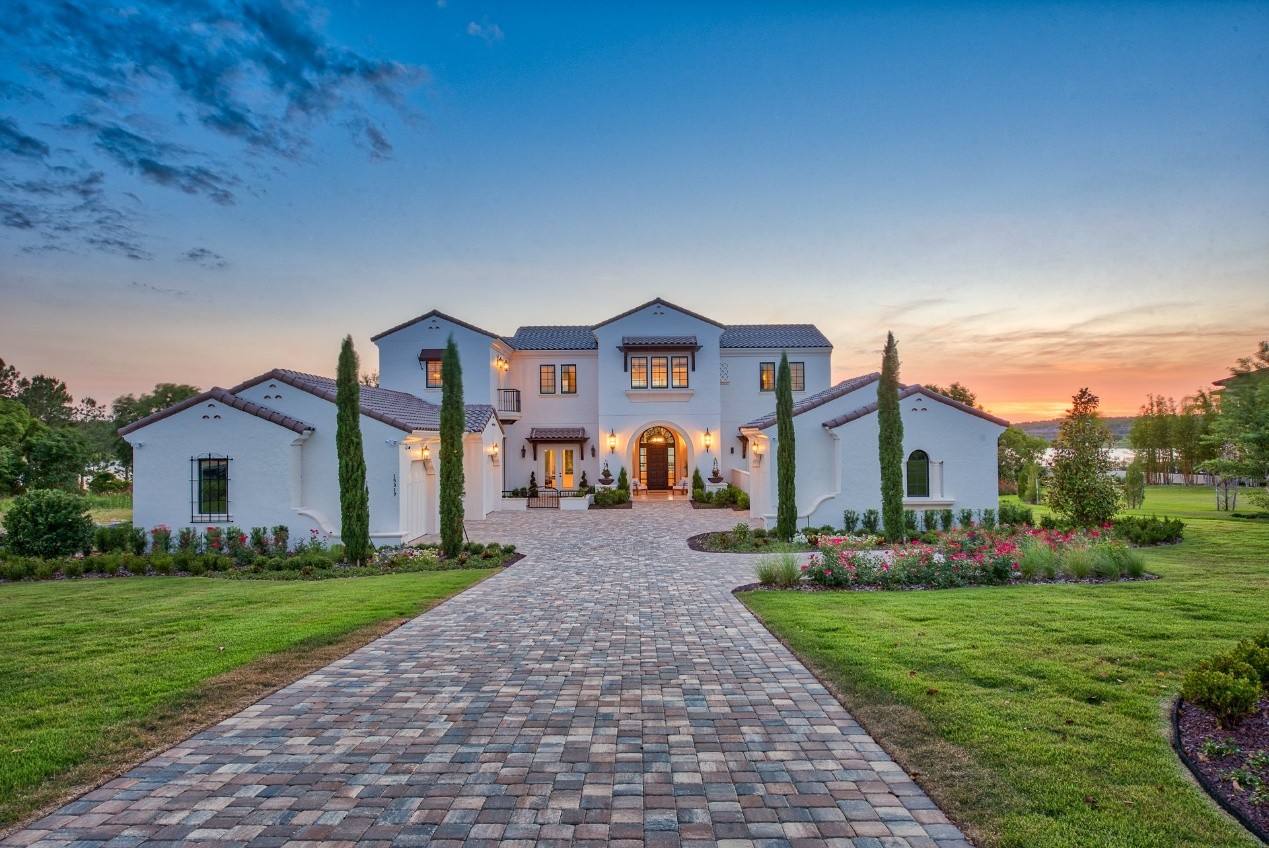住宅哑火,工业暴走!FDI爆了、仓厂涨疯,泰国地产洗牌刚刚开始…
2025年刚拉开序幕,泰国住宅市场就像一锅温水,怎么烧都热不起来。无论是曼谷的核心城区,还是城市边缘,新建公寓正加速入市,然而买单的人却明显不够。光是去年第四季度,新增供应就猛增到9800套,环比飙升三倍以上,可销售率却卡在35%,远低于业内公认的“健康线”——40%。大量新盘扎堆推出,反而进一步加重了去化难题。
As 2025 unfolds, Thailand's residential property market is struggling to heat up. In both central Bangkok and the outskirts, new condominium projects are entering the market at an accelerating pace, yet buyers remain scarce. In the fourth quarter of last year alone, new supply surged to 9,800 units—a more than threefold increase from the previous quarter—while the absorption rate was stuck at just 35%, well below the industry’s "healthy" benchmark of 40%. The flood of new launches is exacerbating the oversupply issue.
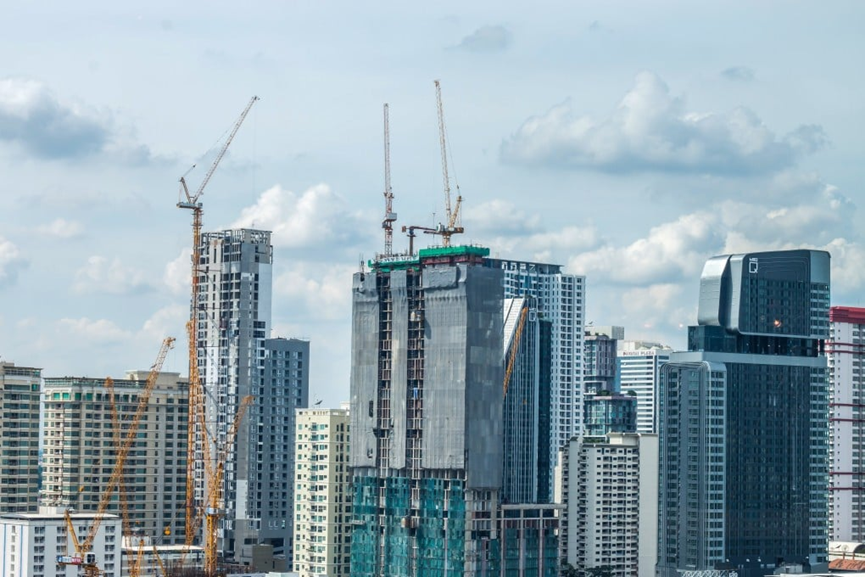
而这波供应潮并不集中在市中心,超过一半的新房分布在外围区域,还有将近一半沿轨道交通在郊区展开,真正能进入CBD核心地段的项目反而在减少,转而主打高端小众路线。房价也呈现出鲜明的地段差:核心区均价仍维持在每平23万泰铢左右,而郊区和外围区域则相对低廉,分别为12.7万和7.2万泰铢。
Interestingly, the supply boom isn't concentrated in the city center. More than half of the new units are in suburban areas, and nearly half are situated along mass transit lines in outlying zones. Projects in the CBD are declining, shifting toward niche, high-end developments. This has created a stark pricing disparity: while average prices in the central areas remain around THB 230,000 per square meter, suburban and outer districts are priced much lower at THB 127,000 and THB 72,000 respectively.
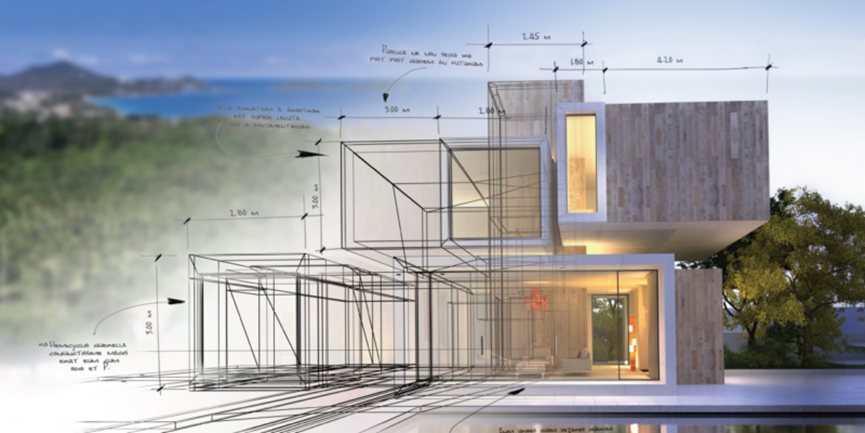
即便如此,仍有例外存在。中高端、超高端市场表现相对稳健,售价在20万泰铢以上的“高端”项目,甚至超过25万泰铢的“超高端”,销售率依旧保持在八成以上,撑起了一点点“面子工程”。可惜整体行情之下,开发商也不敢轻举妄动,只能一边控节奏,一边观局势。
Still, exceptions exist. Mid-to-high-end and ultra-luxury segments have remained relatively robust. Projects priced above THB 200,000 per square meter—and especially those above THB 250,000—continue to achieve sales rates of over 80%, propping up the market’s image. Yet overall, developers are wary, opting for cautious pacing while closely observing market dynamics.
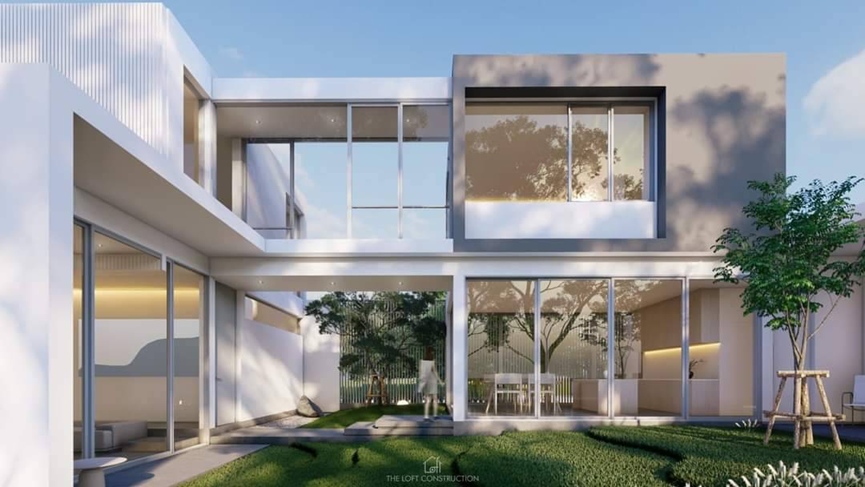
◆ ◆ ◆ ◆
厂房逆袭,FDI热钱涌入
Factories Take the Lead as FDI Surges
◆ ◆ ◆ ◆
就在住宅市场按下慢放键的同时,另一头的工业地产却像踩了油门一样猛冲。2024年,泰国工业用地销售量刷新纪录,累计成交超过12,000莱(约合1.97万亩),其中将近三分之二集中在备受政策宠爱的东部经济走廊(EEC)区域。这不仅仅是土地在涨,更是资本在下注。
While the residential market hits the brakes, Thailand’s industrial property sector is hitting the gas. In 2024, industrial land sales reached a record high, totaling over 12,000 rai (approximately 19,700 acres), with nearly two-thirds of this in the Eastern Economic Corridor (EEC), a policy-favored development zone. This isn't just about rising land prices—it's about a tidal wave of capital.
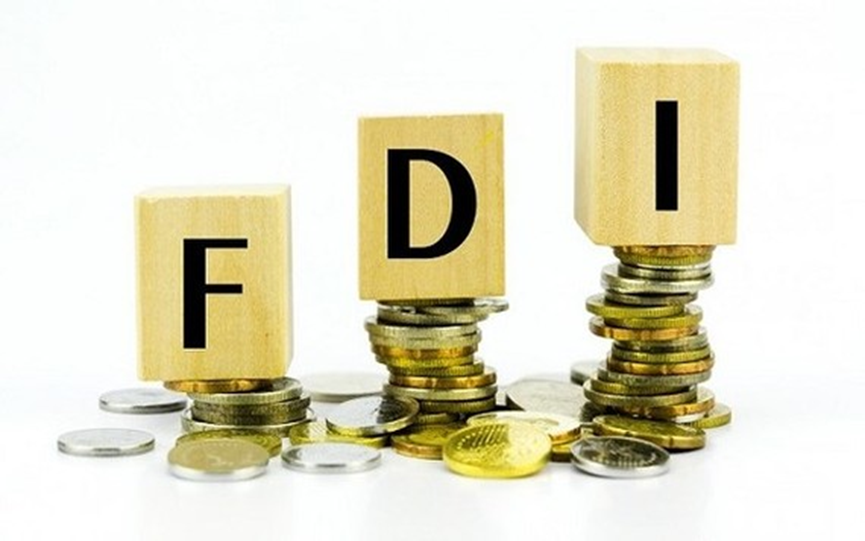
外商直接投资(FDI)的数据尤为惊人:同比增长40%,总额高达7,460亿泰铢。一大批资金正加速流入电子、半导体、电动汽车和数据中心等高技术制造领域,不少企业不再满足于租厂房,而是直接拿地自建。这也带动工厂建设增幅一举突破59%,成为泰国地产业中最活跃的板块。
Foreign direct investment (FDI) figures are staggering, surging 40% year-on-year to THB 746 billion. A growing volume of capital is pouring into high-tech manufacturing sectors such as electronics, semiconductors, electric vehicles, and data centers. Many companies are no longer content to lease; they're buying land and building their own facilities. This has led to a 59% spike in factory construction, making it the most dynamic segment in Thai real estate.

如果说过去十年是城市住宅的舞台,那接下来十年,主角换成了厂房和仓储。在全球供应链重塑的背景下,谁能先把握这波产业外迁的红利,谁就能抢占资本下一站的流入点。
If the past decade belonged to urban housing, the coming one will be dominated by factories and logistics. In the context of a global supply chain reshuffle, whoever seizes the opportunity of industrial relocation first stands to win the next wave of capital inflow.
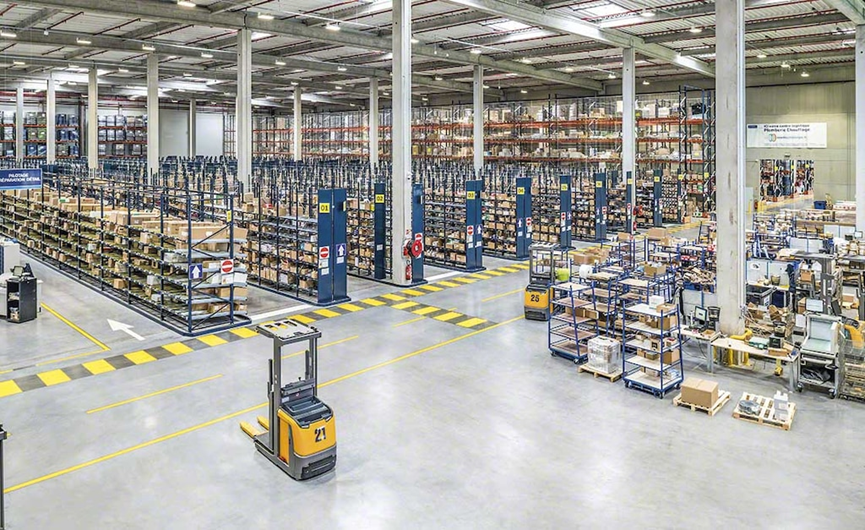
◆ ◆ ◆ ◆
高端住宅还能撑一阵
Luxury Residential Still Holds Ground
◆ ◆ ◆ ◆
尽管住宅市场整体承压,但并不意味着所有板块都一蹶不振。恰恰相反,定位清晰、产品力强的高端项目,反而成了市场里的“硬通货”。数据显示,售价在20万泰铢/平米以上的“Prime”公寓,和售价超过25万泰铢/平米的“Super Prime”项目,销售率均稳定在80%以上,远超市场平均水平。
Despite headwinds in the overall residential market, not all segments are faltering. On the contrary, high-end projects with clear positioning and strong product design have become “hard currency” in the property market. Data shows that “Prime” condominiums priced above THB 200,000/sqm and “Super Prime” projects above THB 250,000/sqm maintain sales rates above 80%, far outpacing the market average.
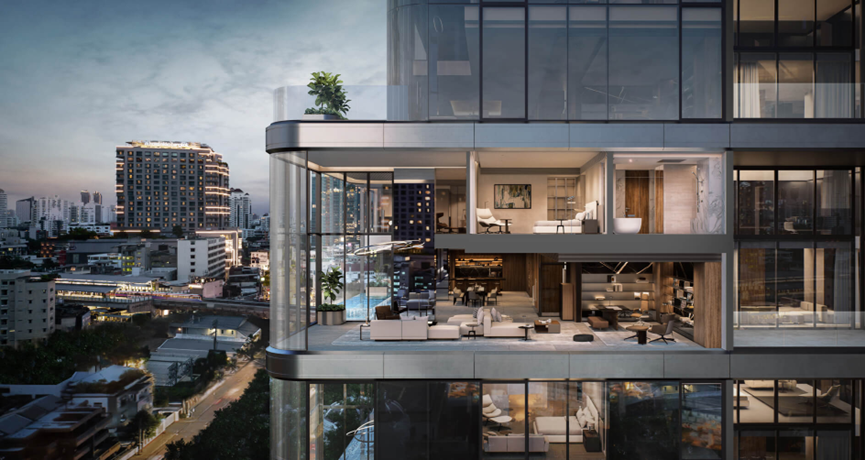
这类项目通常聚焦在城市核心区或轨道沿线优质地段,配套成熟,设计精致,购房者也更偏向自住型或高净值人群,受经济周期波动影响较小。对于开发商来说,这类产品不仅抗风险能力强,还能为品牌拉高溢价空间。
These projects are typically located in central business districts or along prime mass transit routes, offering well-developed amenities and sophisticated design. Their buyers are often end-users or high-net-worth individuals who are less affected by economic cycles. For developers, these properties offer both resilience and brand premium potential.

但话说回来,这种项目注定是少数,属于“塔尖市场”。多数新项目若不具备地段和定位的双重优势,面对层层堆叠的供应压力,只能靠打折促销换取关注。此时的“稳”,更像是一场筛选——能留下来的,注定是走精品路线的强者。
However, such projects are inherently niche. Without the dual advantages of location and positioning, most new developments are left to rely on discounts and promotions to attract attention amid mounting supply pressure. In this context, “stability” is more of a filter—only the best will survive, and they’ll be the ones embracing a boutique strategy.
◆ ◆ ◆ ◆
Sena转身入局,信号不小
Sena’s Strategic Pivot Sends a Strong Signal
◆ ◆ ◆ ◆
当传统住宅市场不再风光,一些嗅觉敏锐的开发商已悄悄切换跑道。Sena Development,就是其中一个典型代表。这家原本深耕住宅领域的上市公司,在地产寒潮之下选择主动出击,联合日本三菱物流,合资开发位于 Bang Na-Trat KM 23 的租赁型仓库和工厂。
As traditional residential markets lose their luster, savvy developers are making strategic shifts. Sena Development is a prime example. Known for its residential expertise, this listed company has taken a bold turn amid the property downturn, partnering with Japan’s Mitsubishi Logistics to co-develop rental warehouses and factories in Bang Na-Trat KM 23.
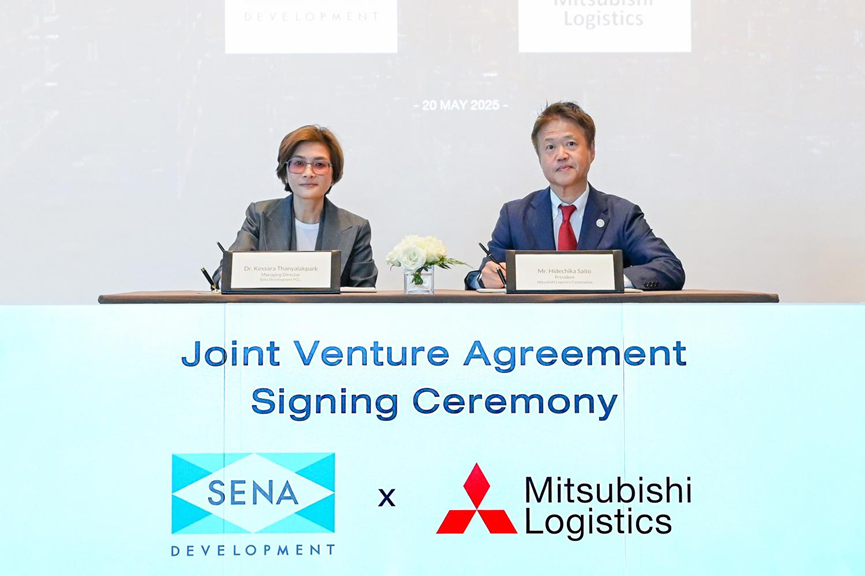
这不是权宜之计,而是早有准备的落子。早在两年前,Sena就已拿下该地块——一片被规划为工业发展用地的25莱土地,如今借由合资公司“Sena MLC 1”启动首个项目,总投资高达6亿泰铢,打造2.5万平米的可出租空间,预计2026年底竣工、2027年开始创收。
This wasn’t an improvised move but a long-planned one. Two years ago, Sena acquired 25 rai of land designated for industrial development. Now, through their joint venture “Sena MLC 1,” they’re launching a flagship project with a THB 600 million investment to build 25,000 sqm of leasable space, set to be completed by late 2026 and operational in 2027.
Sena管理层明确表示,他们看重的不只是眼前回报,而是整个工业地产的长期价值。他们希望在未来两年内,把经常性收入占比从目前的30%提高到50%。一句话,住宅的天花板已近,而工业的天花板,还远远看不见。
Sena’s management has made their vision clear: they’re not just looking at short-term gains but the long-term value of industrial real estate. They aim to increase recurring income from the current 30% to 50% within two years. In short, while the ceiling for residential may be in sight, the ceiling for industrial is still far off.
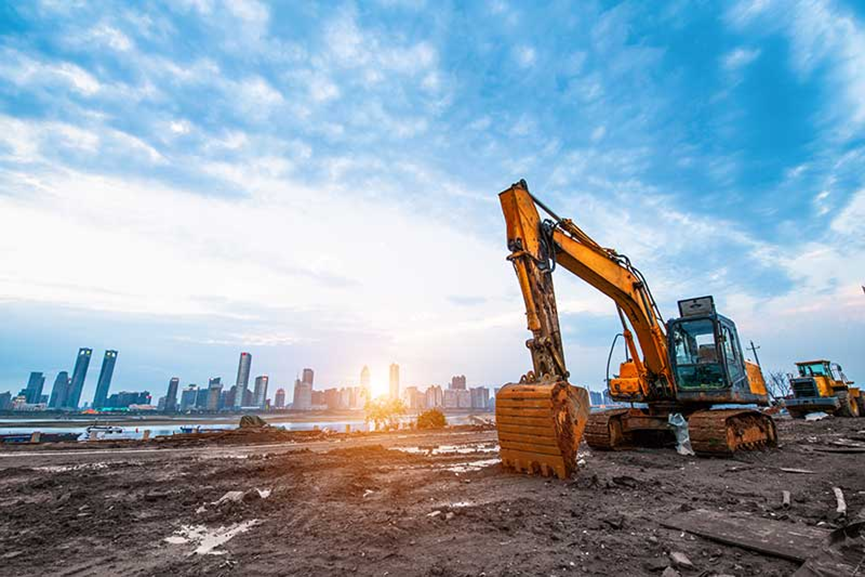
这种转向,不只是Sena的个体行为,它更像是一个信号:即便是传统地产玩家,也开始赌仓库、赌厂房、赌制造业。谁敢第一个下场,或许就能抢到那块金矿。
This pivot isn’t just Sena’s individual strategy—it’s a broader signal. Even traditional developers are now betting on warehouses, factories, and manufacturing. The first to dive in might just strike gold.
◆ ◆ ◆ ◆
星狮加码,赌对产业迁徙
Frasers Doubles Down on Industrial Migration
◆ ◆ ◆ ◆
Sena不是唯一一个转身的玩家,另一家动作更大的,是老牌开发商星狮(Frasers Property Thailand, FPT)。与其说FPT是在“转型”,不如说他们早已押中了方向——从2022年起,FPT的工业地产业务便一路高歌猛进,2025年更是计划将收入推升至40亿泰铢,整体租赁入住率逼近91%,其中工厂租赁达到了惊人的93%。
Sena isn’t alone. Longtime developer Frasers Property Thailand (FPT) has gone even further. Rather than a shift, FPT seems to have long committed to this trajectory. Since 2022, its industrial property segment has been booming. In 2025, it plans to generate THB 4 billion in revenue, with an overall occupancy rate close to 91%—and a staggering 93% for factories.
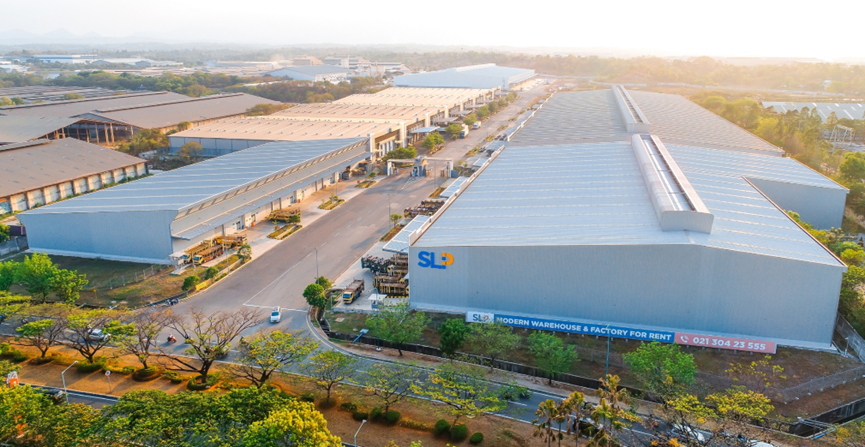
是什么支撑了这样的火热?一句话:产业在迁移,资本在追随。中美贸易战余波未了,加上美国加征关税带来的不确定性,让大批制造业企业不愿再把鸡蛋放在一个篮子里。东南亚,特别是地缘中立、基础设施日益完善的泰国,成了不少外资“去风险”的首选。
What’s driving this red-hot demand? Simply put: industries are relocating, and capital is following. With ongoing U.S.-China trade tensions and tariff uncertainties, manufacturers are keen to diversify risk. Southeast Asia—especially geopolitically neutral and infrastructure-ready Thailand—has emerged as a prime choice for foreign investment.
FPT显然早有准备。他们在泰国多地布局工业用地,总储备超过500万平米,足以消化未来几年外资需求。短短不到半年时间,公司就向新客户卖出300莱土地,刷新历史记录,而2024年全年也不过卖了100莱而已。
FPT was well-prepared. With over 5 million sqm of industrial land reserves across Thailand, it’s poised to meet years of future demand. In just half a year, the company sold 300 rai of land to new clients—three times its full-year total of 100 rai in 2024.
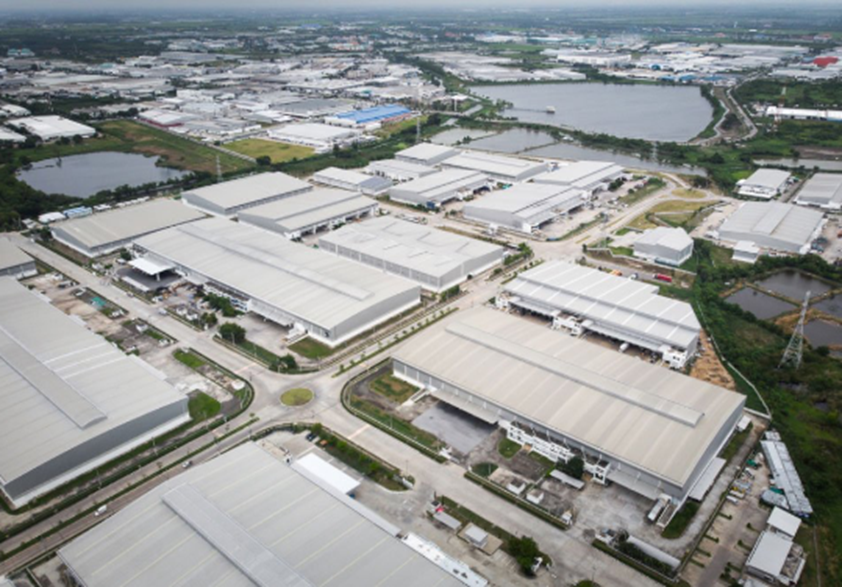
从客户构成看,最积极的是中国企业,其次是来自新加坡与台湾的数据中心和电子制造商。不同于以往的“租赁为主”,这些企业越来越倾向于购地自建,把泰国视为新制造基地。FPT则用事实证明:站在产业迁徙的风口上,仓厂才是那块最先起飞的板。
Leading the charge are Chinese companies, followed by data centers and electronics manufacturers from Singapore and Taiwan. Unlike the past rental-dominated model, these clients are now purchasing land to establish new manufacturing bases in Thailand. FPT’s performance shows clearly: in the era of industrial migration, warehouses and factories are the first assets to take off.
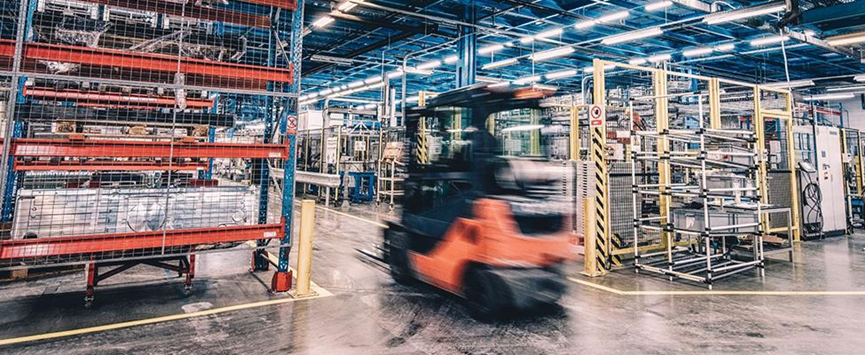
无论是仓库的火热,还是土地交易的加速,本质上都在揭示一个事实:房地产不再只是“住”的故事,更是“产”的赛道。过去几十年,泰国楼市的关键词是“居住红利”;而眼下,新的主角已经登场——谁能抓住厂房、仓储、数据中心这些新的需求中心,谁就能在动荡中稳稳占住脚。别等所有人都冲进去后,才想起曾经的风口就在眼前。
Whether it's the booming warehouse sector or the acceleration in land transactions, one truth is clear: real estate is no longer just about “living”—it’s now about “producing.” For decades, Thailand's property market revolved around residential dividends. But today, a new protagonist has stepped into the spotlight. Those who seize the demand for factories, warehouses, and data centers early will find firm footing in an uncertain world. Don't wait until the gold rush has passed to realize the opportunity was right before your eyes.

